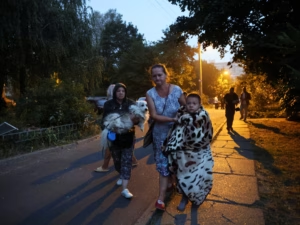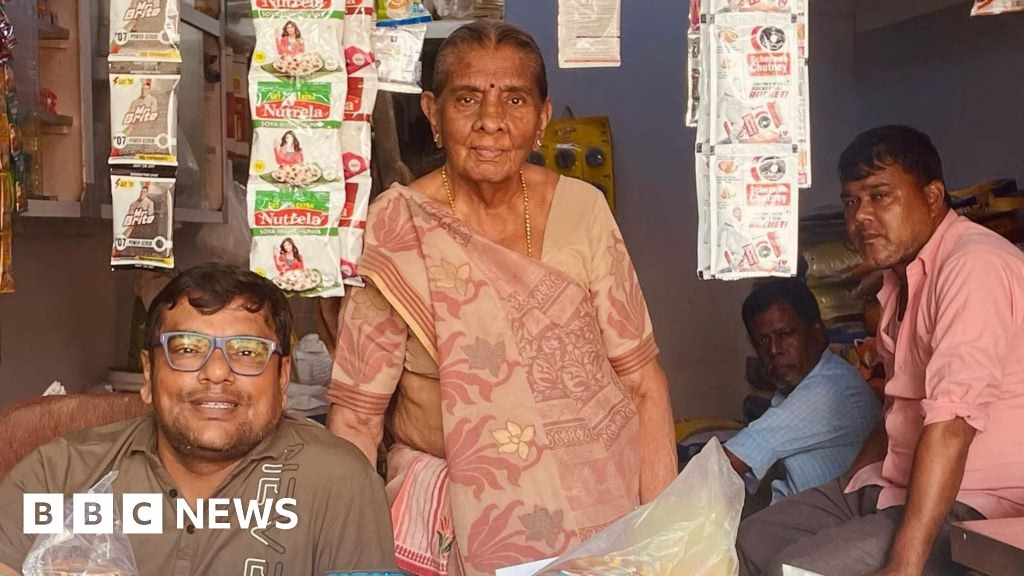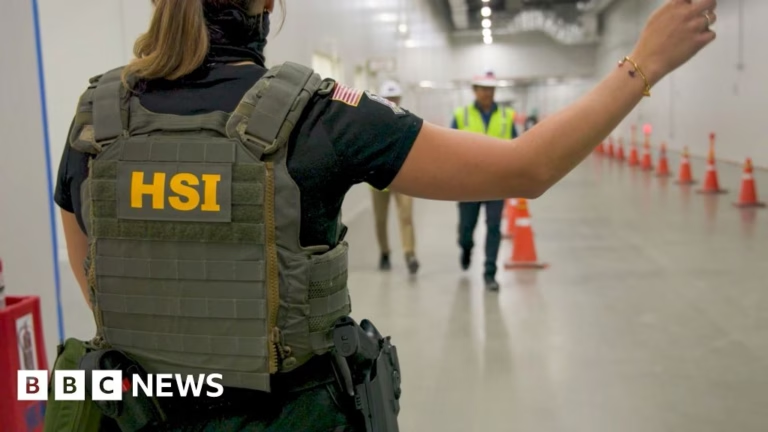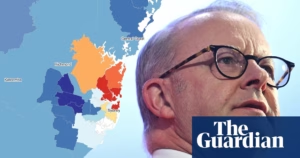.webp) Nikhil Inamdar
Nikhil InamdarThe corner shop Ramji Dharod has manned for over six decades is now on the brink of closure.
The store sits in a bylane in the central Indian city of Mumbai’s busy shopping precinct, and has served the community for 75 years.
Dharod began coming to the shop with his father when he was just 10. These days, he mostly sits idle, waiting for an occasional customer to walk in.
Behind him, cardboard boxes of unsold biscuit packets and snacks show a ‘stock clearance sale’ sign posted on them.
“I wouldn’t get a minute to breathe a few years ago, but now I rarely get anyone coming,” says the septuagenarian wryly. “They are all shopping online. I’ve decided to retire and down the shutters.”
As 10-minute online deliveries by “quick commerce” apps like Zomato, BlinkIt and Zepto pervade urban India, hundreds of thousands of neighbourhood stores across cities have closed down.
A lobby group of consumer product distributors estimated that number to be 200,000 last October, while the municipal body of the southern city of Chennai estimated 20% of small grocers and 30% of larger departmental stores had shut down in the city in the past 5 years.
Three out of 10 retailers reported a negative impact of quick commerce on their business
Sunil Kenia who runs a provision store right beside Dharod’s shop says he’s still in business only because his family owns the shop. Those on rent are no longer able to stay afloat, he says.
“It started going downhill after the Covid lockdowns. Business is at 50% of what we did before the pandemic,” Kenia told the BBC.
Most of his revenue now comes from wholesale customers – hawkers or those selling street-side snacks. The retail customer has all but ‘vanished’, he says, because of the convenience of mobile deliveries.
Mumbai-based graphic designer Monisha Sathe is among the millions of urban Indians who’ve stopped their weekly run to the market because of the ease of quick commerce.
“Lugging groceries back home was a big pain,” says Sathe. And occasionally, when she took out her car, navigating narrow market lanes and finding a parking slot would be a challenge.
Sathe says she misses the human interaction she had with the grocers and vegetable vendors and even the variety of fresh produce on sale – but for her, the balance still tilts in favour of online deliveries because of how much easier it has made her life.
A recent survey by consultancy PwC shows some 42% of urban consumers in India’s big cities think like Sathe, especially preferring quick delivery for their urgent needs. And these shifts in buying behaviour have led to three out of 10 retailers reporting a negative impact on their business, with a 52% drop in essential goods sales.
Ten minute online deliveries by apps like Zomato, BlinkIt and Zepto are a $7bn business in India
Swiggy, Zepto and Blinkit, who primarily control this market, did not agree to comment on the BBC’s queries on these allegations. But a source within one of the quick commerce companies told the BBC the discounting was done by traders on the platform and not by them. The source also said that contrary to the binary narrative of the “big guy versus small guy”, online deliveries were solving real-world challenges for people for whom going to the market was a “traumatic” experience. “Think of women or senior citizens – they don’t want to be harassed or navigate potholes and traffic,” the source said. “Also consider the small brands that sell on our platform – they never get shelf space in physical shops where only the big names are displayed. We’ve democratised the market.” Analysts say, the sheer diversity of India in terms of its stages of development, levels of income and infrastructure will mean that in the end all retail models – small corner shops, organised big retailers and quick commerce platforms – will cohabit in the country. This is not a “winner takes all market”, says Mr Bisen, giving the example of e-commerce which came into India in 2010 and was meant to sound the death knell of local retailers. Even after all these years, only 4% of all shopping is done online in India. But the ripples caused by quick commerce should be a warning for physical retailers, say analysts, to improve their marketing and integrate technology to use both online and offline channels to give their consumers a better shopping experience. Competing with click-of-a-button delivery means it can no longer be business as usual for the millions of corner shops who’ve existed for decades, with little or no innovation.










